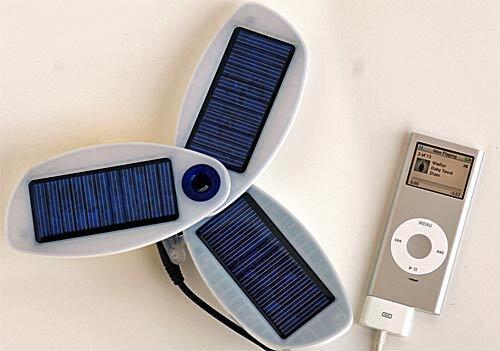
A solar charger is just the tool to energize an iPod, always useful for tuneful trudging in the desert. This one is from Solio. Neil cites the Solio Portable Hybrid Solar Charger, weighing about 5 ounces and costing about $70. It stores a charge from a wall outlet or three-leaf photovoltaic panels, he adds. (Richard Derk / Los Angeles Times)

The Garmin Colorado 400t GPS unit gives hikers state-of-the-art 3D elevation perspective and preloaded U.S. topographic maps. (Richard Derk / Los Angeles Times)

This is an ACR Microfix personal locator beacon. Neil’s description of such a device: “Essentially one big panic button, when activated the unit sends a signal to a station monitored by the U.S. Air Force, which in turn mobilizes search-and-rescue resources.” He touted one for $625. (Richard Derk / Los Angeles Times)
Advertisement

The SPOT Satellite Personal Tracker allows the user to communicate with family and friends as well as emergency assistance. It is billed as being able to work in difficult areas even where cellphones do not. (Richard Derk / Los Angeles Times)

Heavy, expensive but hugely versatile, the Iridium 9505A satellite phone is -- in the words of Times writer Dan Neil -- “a high-tech prayer line, dial-a-deliverance for hikers in a jam.” (Richard Derk / Los Angeles Times)




